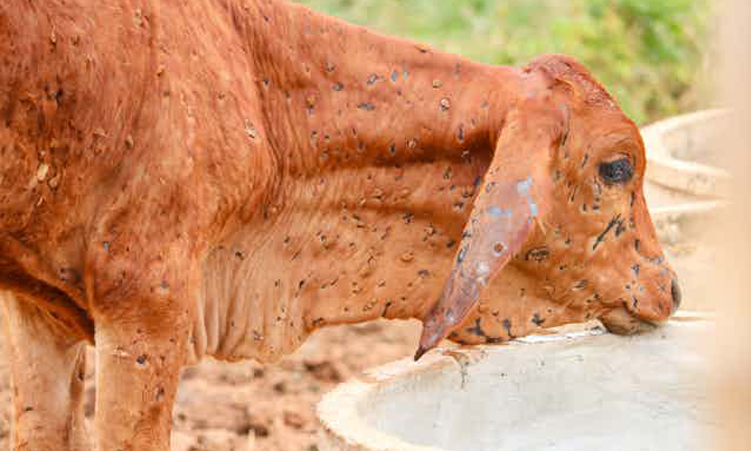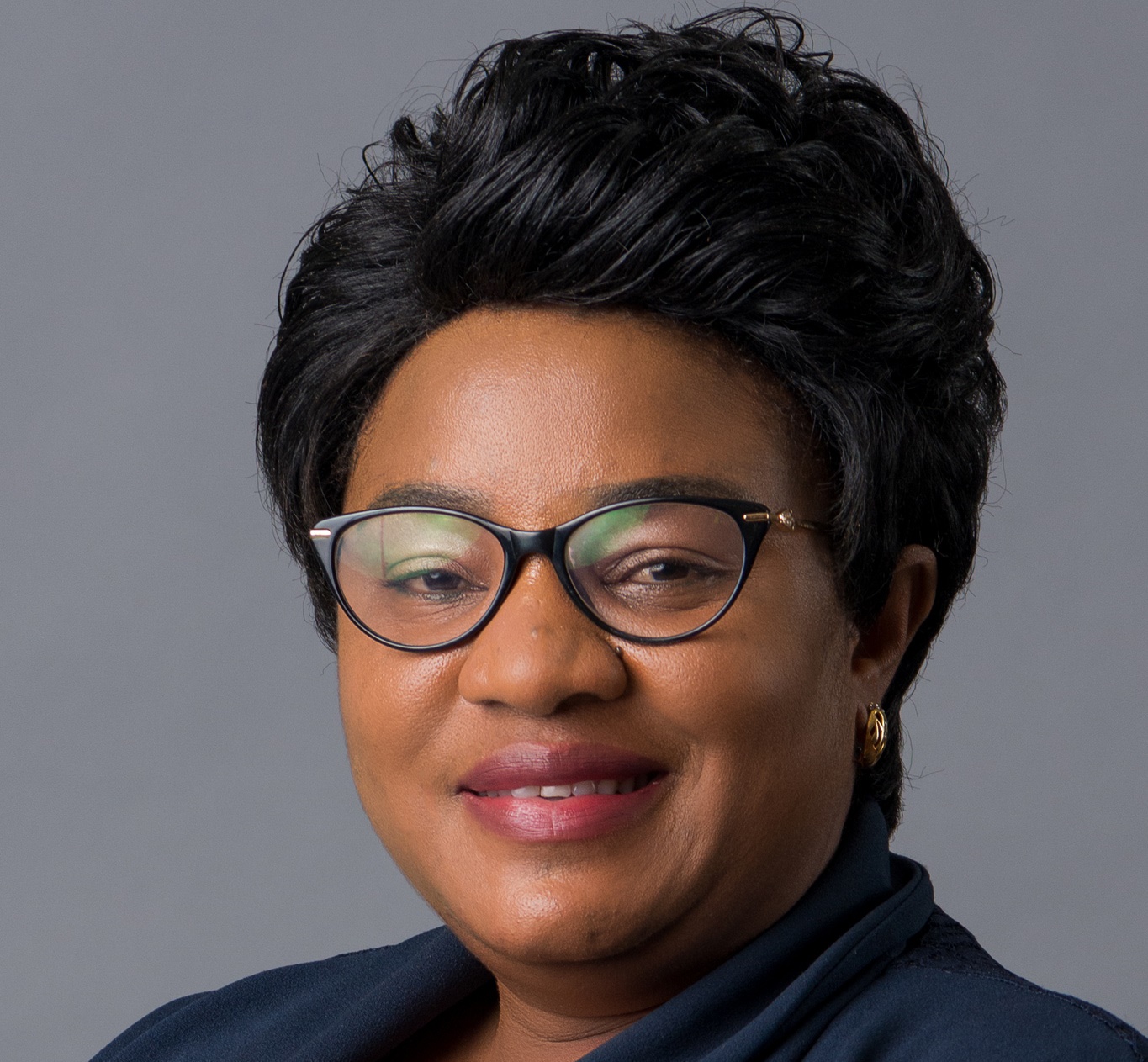IN Setswana they have a concept called ‘sele le sele’ (this and that). And from time to time one’s mind gets running about this and that and you wish you could share this with others. We have made strides, but there is always a need to keep our finger on the pulse.
Our institutions have responded to problems as need dictated at the time the projects were conceived. One of these is the creation of schools for the hitherto disadvantaged communities, the San and lately the Ovatwe. It is good to conceive of institutions to cater for special needs to special groups in society. But there is also a need for deliberate transition strategies so that in the final analysis, integration takes place at intended intervals. The absence of such strategies could create the risk that these projects become ends in themselves and could have negative effects on the course of national development.Another issue has to do with resettlement and rehabilitation of the hitherto landless majority of Namibians. The first problem I detect is in the concept of resettlement. Many Namibians erroneously understood the state’s resettlement programme to actually mean restoration of land rights to/for people who have lost land/s during the era of colonisation and dispossession. Otherwise how then can somebody who did not suffer loss be defined as resettled, instead of settled? And it is here where some communities may feel that they are getting the short end of the stick, having to compete with compatriots for resettlement when the latter may not have been dispossessed of land and cattle.Be that as it is, the Government had all the good intentions to at least have everybody who qualifies or who was around at the right time receive a piece of land for occupation and survival. The unfortunate part of the programme is that there seems to be a symbiotic relationship between resettlement and the reduction in productivity on the part of the farms earmarked for or actually resettled. Why? Did the farms suddenly become unproductive as a result of natural calamities or is there a problem associated with the new occupants or even the process of occupation? Perhaps this concern calls for further interrogation.The other seeming uncertainty is the question surrounding the allocation of 20 hectares to families in some rural communities. There seems to be limited clarity on what the programme is intended to address and to offer as solutions. As the programme continued amid uncertainties and limited explications, the exercise has gone a long way in loading tensions among communities. While some in the communities feel that a programme of that nature could provide a safety valve for individual families, some seem to feel that it will curtail the rights and access of some to open grazing and could lead to displacement as families may have to make way for others in these demarcated areas. There is therefore need for clarity and the promoters of this project need to go back to the drawing board and prepare elementary submissions to communities for better understanding.Yes, this one remains unyielding. Can a traditional leader appoint representatives and open offices in areas under the authorities of other traditional leaders? Who has the last word and where do they derive authority to do so? Small as these issues seem, they can ignite a powder keg or if effectively addressed, could go a long way in diffusing potential tensions in society and contribute to eternal harmony. There is therefore a need for us to address these issues.
Stay informed with The Namibian – your source for credible journalism. Get in-depth reporting and opinions for
only N$85 a month. Invest in journalism, invest in democracy –
Subscribe Now!










